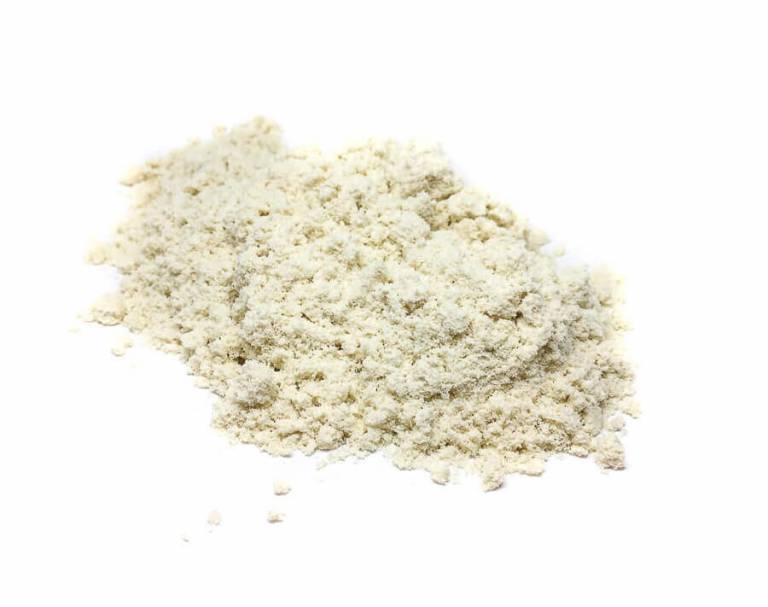

Basil seeds contain high concentrations of proteins (11.4-22.5 g/100 g), with all the essential amino acids except S-containing types and tryptophan dietary fiber (soluble and insoluble) ranging from 7.11 to 26.2 g/100 g lipids, with linoleic (12-85.6 g/100 g) and linolenic fatty acids (0.3-75 g/100 g) comprising the highest proportions minerals, such as calcium, potassium, and magnesium, in high amounts and phenolic compounds, such as orientine, vicentine, and rosmarinic acid. Just take the food away, cover it, and offer it to her again a bit later.Basil ( Ocimum basilicum L.) is found worldwide and is used in the food, pharmaceutical, and cosmetic industries however, the nutritional and functional properties of the seeds are scarcely known. Give your child positive attention when she does eat, but don’t make it a problem when she doesn’t eat.

If she still refuses, don’t force or pressure her to eat, and don’t be tempted to give her junk food instead.īe calm and accepting. Try different food combinations and textures.

Give your child healthy food that she likes or mix the food she likes with food she doesn’t like as much. At this age, she should eat solid food first.

Although breastfeeding continues to be healthy for your child, breastfeed her only after her meal. Make sure she is hungry at mealtimes and has not just had a snack. What to do when your child refuses to eat solid foods Interact with your child, smile at him, talk to him and praise him for eating. Sit in front of him and make eye contact. Give your child lots of love and encouragement to eat during meal times. Help him so that he gets most of the food in his mouth (instead of on himself or the floor!). Encourage him to finish it and make sure he has had enough. Give him all the food he needs and plenty of time to eat.Īt first, he’ll be slow and messy. Having his own bowl of food will help your child learn to feed himself. They have high amounts of sugar, salt, fat and chemicals, and take up space in your child’s stomach that should be filled with nutritious foods. Factory-made snacks like crisps, cookies, cakes, soda and candy are unhealthy. Milk products are a very important part of your child’s diet – give him one or two cups of milk a day.Īvoid junk food and soft drinks.
FOOD SOURCE 2 PLUS
At 1 year, about the time he’s starting to walk, your child's feeding schedule should include four to five meals a day, plus two healthy snacks. If you’re not breastfeeding, he’ll need to eat more often. Your child can take between three quarters to one cup of food three to four times a day, plus one to two snacks between meals. Add a little oil or fat to her food for energy.īe sure your child’s snacks are healthy, such as fresh fruit. Each meal needs to be packed with nutritious food.īe sure she has a portion of animal foods (milk, dairy, eggs, meat, fish and poultry) each day, plus legumes (like chickpeas, lentils or peas) – or nuts, and orange or green vegetables and fruits. Your child can eat anything, so give her some of all the food your family eats and make every bite count. Feed her other foods first and then breastfeed after if she is still hungry. At this age, breastmilk still provides important nutrition and protection against disease, but other foods become her main source of nutrition and energy.


 0 kommentar(er)
0 kommentar(er)
